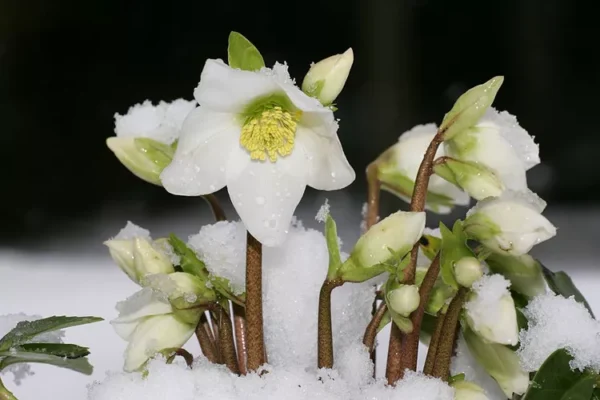Introduction to Hellebores
Hellebores, scientifically known as Helleborus spp., are remarkable plants that bring beauty to winter gardens. With their rose-like blossoms, they stand out as some of the most striking winter bloomers. These resilient plants break through the ground in late winter or early spring, undeterred by frost. Their presence can uplift the dullness of the season, providing a glimpse of color and life.

Bloom Duration and Characteristics
The beauty of hellebores is not fleeting. Once they bloom, the flowers remain attractive for at least a month, even as they fade. This longevity makes them a cherished choice for gardeners seeking winter interest. Hellebores thrive in USDA hardiness zones 3 to 9, allowing for their cultivation in a variety of climates. Their blooming period falls mainly in the winter and early spring, offering a timely splash of vitality when most gardens lay dormant.
Growing Conditions and Precautions
These plants prefer shade during the summer months yet enjoy sunlight during the winter, making them versatile for various garden settings. However, potential growers should be aware of the toxicity of hellebores; they are toxic to both humans and pets. This characteristic requires careful planning and placement within the garden to ensure safety while enjoying their spectacular blossoms.
